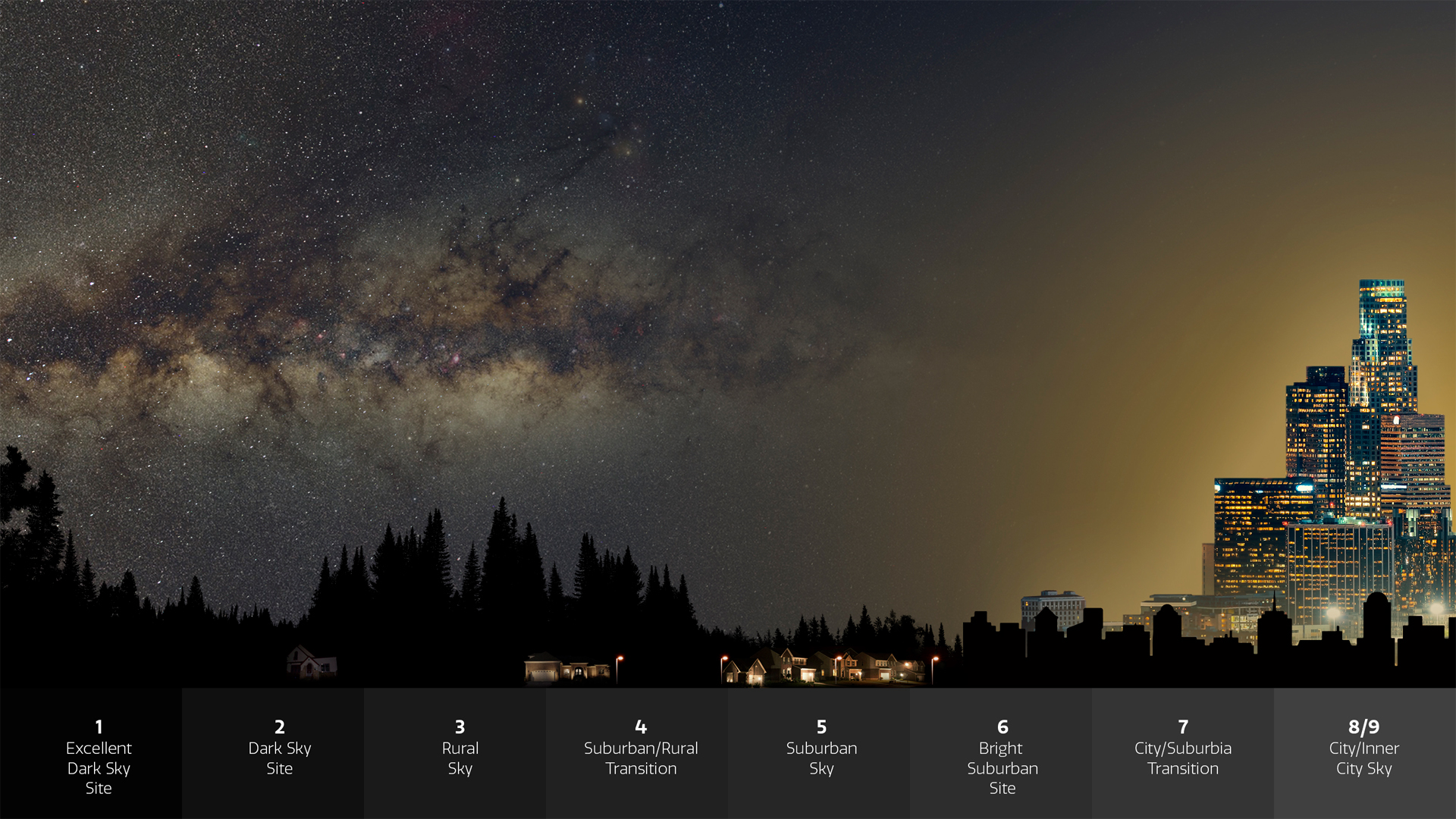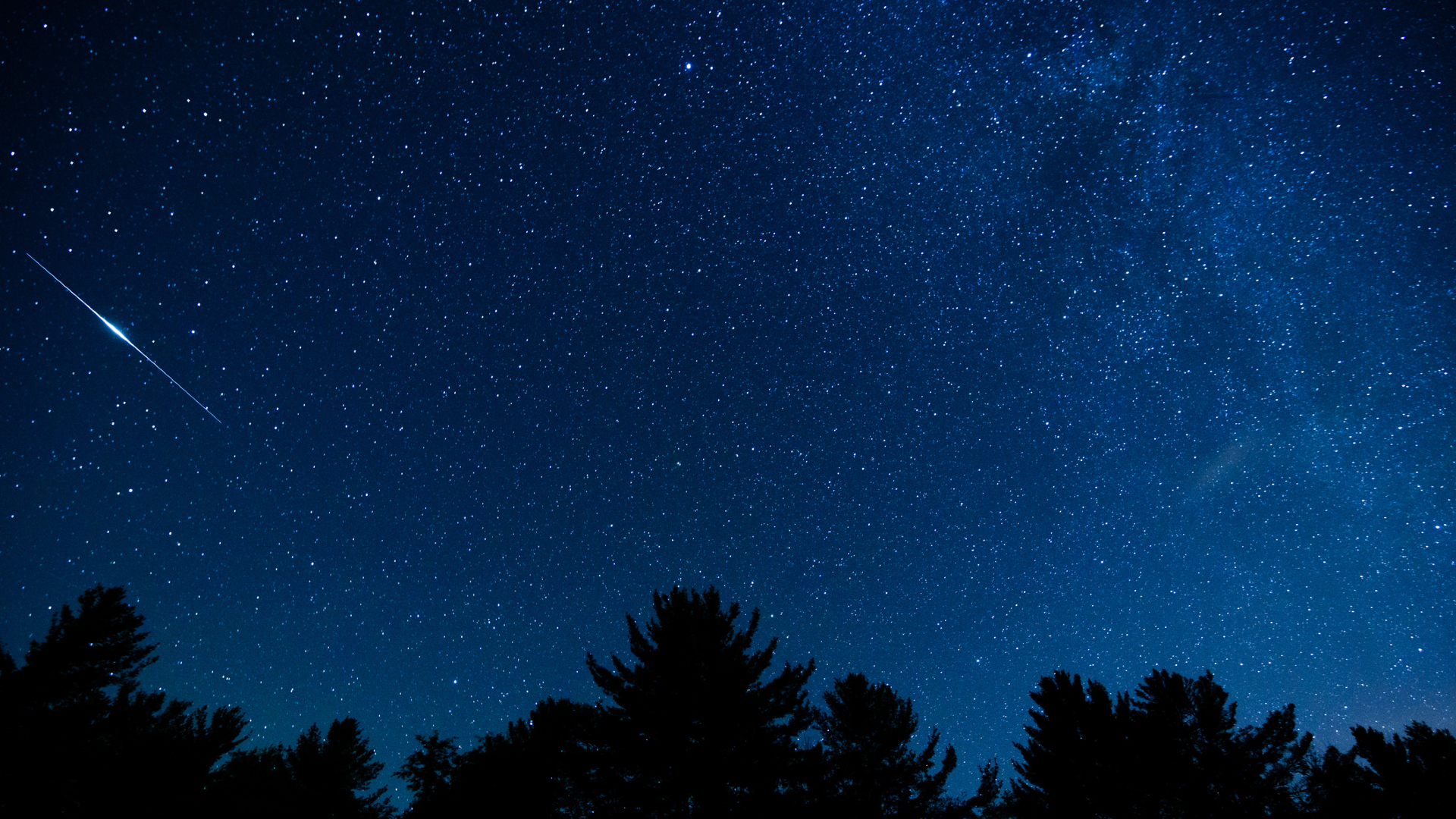California-based start-up Reflect Orbital has applied for a government license to launch a giant mirror to space next year. The mission is meant to be the first step in the company's ambitious plan to operate a constellation of more than 4,000 solar reflectors to boost solar power production in twilight hours on Earth.
According to the company's application with the Federal Communications Commission (FCC), Reflect Orbital wants to fly its demonstration satellite EARENDIL-1 next year, with an expected launch date in April. Once in orbit, the satellite will unfold a mirror that measures 60 by 60 feet (18 by 18 meters) in order to demonstrate its ability to direct sunlight down onto targets on Earth. The company, which won a $1.25 million Small Business Innovation Research (SBIR) contract from the U.S. Air Force in May, says its future constellation will deliver light on demand after sunset and before sunrise to paying customers on Earth, effectively extending the daytime hours.
But the project, which promises to help increase clean energy generation during peak-use morning and evening hours, has alarmed astronomers and biodiversity experts who are concerned about the effects of light pollution the constellation is going to produce.
Reflect Orbital claims on its website that its constellation will enable solar power generation at night, make crops grow better and stronger, possibly replace urban lighting, provide emergency illumination in disaster zones and enable people to work into the night.
Reflect Orbital's spokesperson told Space.com in an email that by 2030, the company envisions a constellation of 4,000 of such satellites, circling Earth in a sun-synchronous orbit following the boundary between day and night. (Satellites in a sun-synchronous orbit circle the planet from pole to pole and pass over a given spot on Earth at the same solar time each day.)
The firm said in its FCC license application the proposition had "generated significant interest from commercial and government partners," had already secured full funding for the demonstration mission and received "over 250,000 applications for service."
Astronomers and biodiversity experts, however, are voicing concerns about the development, calling for an environmental review of the space mirrors' effects on life on Earth.
"The reflectors will be directing their light [even after they pass their target] because obviously they can't shut that off," John Berentine, an astronomer at the Silverado Hills Observatory in Tucson Arizona and consultant at Dark Sky Consulting, told Space.com. "The beam reflected by these satellites is very intense, four times brighter than the full moon, and they will be flying multiple satellites in a formation. That will have an effect on wildlife in the directly illuminated area, but also, through atmospheric scattering, on the surrounding areas as well."
Robert Massey, Deputy Executive Director at the U.K.'s Royal Astronomical Society said the astronomical community was "seriously concerned about the development, its impact and the precedent it sets."
"The central goal of this project is to light up the sky and extend daylight and obviously, from an astronomical perspective, that's pretty catastrophic," Massey told Space.com.
Reflect Orbital said the company is taking such concerns seriously and wants to use the upcoming demonstration mission to limit possible negative effects of the reflected light.
"Our service is highly localized," the spokesperson wrote. "Each reflection covers a defined 5-kilometer area for a finite period of time rather than providing continuous or widespread illumination."
Once the satellite passes the target region, the mirror will tilt away from the planet's surface, the spokesperson explained.
"During the 2026 demonstration, observers at designated test sites will see the reflection as a bright moving star," the spokesperson wrote. "The illuminated area on the ground will be a soft, moonlike glow."
Astronomers, together with biodiversity experts have been waging a war against light pollution for years. Data show that since the advent of LED lights, light pollution levels globally have been rising by around 10 percent per year, virtually erasing stars from the night sky. Where some 18 years ago, one would see 250 stars at night, only around a hundred could be found today. But rising light pollution levels have also been linked to the decline of insect populations and the rising incidence of sleep disorders and depression in humans.

"Light pollution fundamentally disrupts the natural day-night cycle that has governed life on Earth for billions of years," David Smith, advocacy and social change manager at invertebrate charity BugLife, told Space.com in an email. "By effectively extending daylight hours through artificial light and blurring the boundaries between day and night, light pollution interferes with the circadian rhythms, the physiology and the behavioural patterns of countless species."
Astronomers have also been concerned about the effects of the rising numbers of satellites on their observations. SpaceX's Starlink, in particular, has been a subject of controversy as its thousands of spacecraft, flying at a low altitude of 340 miles (550 kilometers), leave streaks in their images.
AST SpaceMobile, developing a constellation of giant space antennas beaming broadband internet directly to smartphone users on Earth, has, too, been under fire for the harm its fleets do to astronomy.
But Massey said that neither of these projects has a goal of reflecting bright sunlight back to Earth, unlike Reflect Orbital. In fact, astronomers have commended SpaceX for its continued attempts to reduce the reflectiveness of its spacecraft either through the application of light-absorbing paints or visors.
"The satellite constellations that we've been dealing with create light pollution as an incidental byproduct," Massey said. "It's something that we hope can be managed and mitigated. But with this project, the brightening of the sky is the central premise."
Berentine said that outside of the directly illuminated areas, at distances of up to a hundred kilometers, the space mirrors will appear in the sky as very bright stars. These artificial stars, moving across the sky in a quick succession, will mar astronomical observation but potentially also confuse migratory birds.
He added that although Reflect Orbital has discussed the development with the astronomy community, many questions remain unanswered.
Reflect Orbital's spokesperson said the company intended to conduct an environmental impact assessment before building up the constellation and hopes to use the demonstration mission next year to "collaborate with experts to better understand ecological sensitivities at each service site."

.jpg) 11 hours ago
3
11 hours ago
3

 English (US)
English (US)